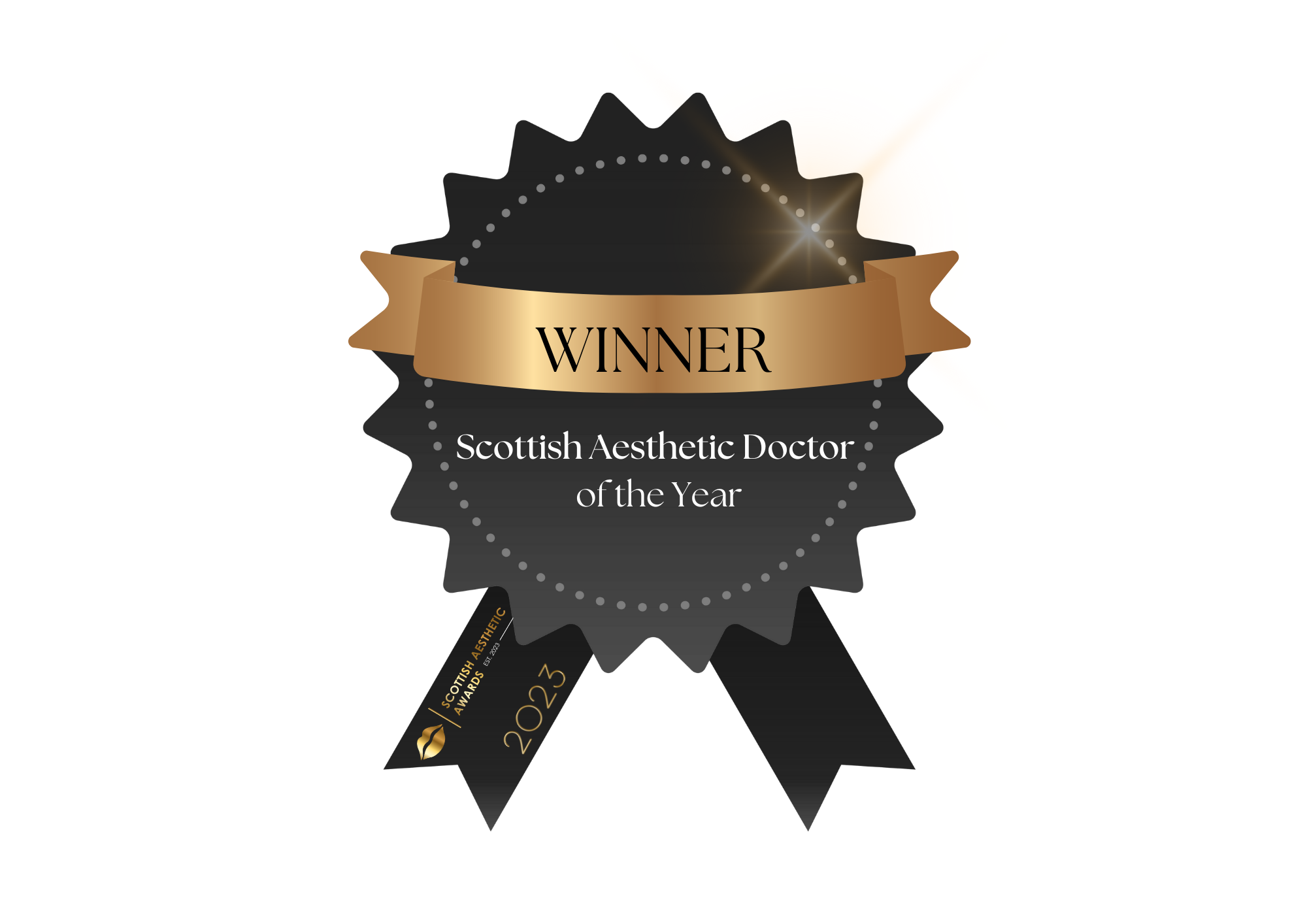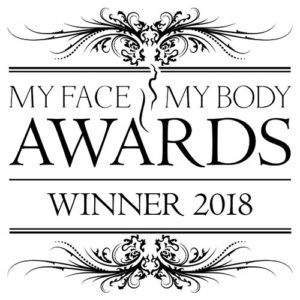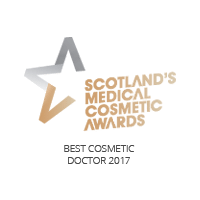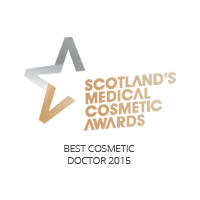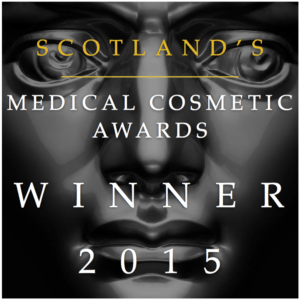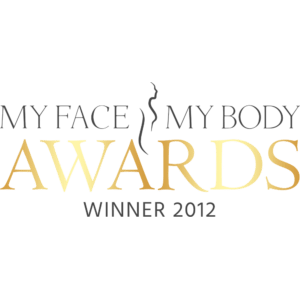World Health Day - What does your skin say about you?
World Health Day, on April 7th, is an annual occasion when we focus on our health. This could provide the perfect opportunity to explore what your skin reveals about your underlying health.
A flawless complexion is immediately apparent to any observer and is generally taken to be a sign of good health – historically, blemished skin was seen as a sign of disease and as a self-protective measure, unaffected people would tend to keep their distance – and so the “blemished person” could feel shunned and unwelcome.
The most common and troublesome skin complaint is acne, with spots affecting more than 80% of us all at some point in our lives. There are many potential underlying causes and the part of your face that’s affected can shed light on the most effective management strategies.
ACNE AROUND THE HAIRLINE
This has otherwise been known as “pomade acne” and was first identified in the 1970’s in African American men who used scalp creams and oils which unfortunately blocked pores giving rise to blackheads and whiteheads on the forehead, temples and neckline.
It can be found in all skin types and is usually related to or caused by haircare products, such as those containing mineral oils, cocoa butter or even some dry shampoos. Despite using them on your hair, they will also inevitably get onto your facial skin.
The simplest way to treat this type of acne is to evaluate your haircare products and choose those that are water or glycerine based which are less likely to block your pores. Once the offending product has been discontinued, the acne should clear up, but this can be expedited by using topical anti-acne therapy which will also help to minimise any scarring.
ACNE ON YOUR CHEEKS
This can be exacerbated or caused by your pillowcase and/or your phone. Few people stop to think about how clean their phone is, and it is likely to be contaminated with all kinds of bacteria which can land up on your face every time you hold it close to your face. Persistent acne on one side of your face could be a result of a dirty phone, a pillowcase or other habits like touching your face – when you know you have a spot, the chances are that you will either continually touch it or subconsciously try to cover it by having your hands up near your face.
Possible remedies include getting into the habit of cleaning your phone regularly with a disinfectant wipe or using a Bluetooth headset to answer calls; turn your pillowcase over each night, changing your pillowcase on alternate nights and even investing in a silk pillowcase. Again, having an effective skincare routine can help to treat and prevent spots.
CHIN AND JAWLINE ACNE
This is commonly associated with hormone fluctuations. For women this means typically that in the week before your period starts, there is a relative excess of androgens in your body. This tends to not only overstimulate the oil producing glands but also results in the pores becoming more clogged.
A hormonal imbalance can also be related to your diet and gut health. A diet high in refined carbs (fast food, sugary snacks, cakes, chocolate, white bread, biscuits - and any ultra-processed food),as well as dairy for some people, can have an impact on blood sugar levels. This resulting spike in blood sugar levels will in turn affect insulin levels which then results in more spots.
Paying attention to your diet, eating less processed food, considering the use of hormonal contraceptives and having a focused acne management regime can all be effective interventions.
ACNE IN YOUR T-ZONE AFFECTING YOUR FOREHEAD AND NOSE
There is a higher proportion of sebaceous glands in the T-zone. When we feel stressed, we produce more of the stress hormone cortisol which increases the activity of the sebaceous glands, thus producing more oil, blocking the pores and resulting in spots.
Stress, from whatever cause, can start a vicious cycle with acne – options to help reduce stress include exercise, meditation and listening to music. These can all be effective ways to unwind.
Having established that there can be different reasons for spots affecting different parts of the face, the take home message lies in having an underlying awareness of the various potential factors along with an effective skincare regime.
